The Hummingbird and Lily Coloring Pages presents an exquisite scene where nature’s most nimble aviator meets one of its most graceful flowers. This carefully crafted illustration showcases a hummingbird delicately poised before a blooming lily, capturing a moment of perfect harmony between pollinator and flower.
The design features meticulous attention to the lily’s distinctive trumpet shape, its elaborate stamens, and the characteristic markings that make these flowers so captivating. Young artists will discover the intricate details of both the hummingbird’s features and the lily’s complex structure, from the bird’s precisely rendered feathers to the flower’s layered petals and prominent anthers.
The composition offers multiple opportunities for exploring color relationships, as the natural patterns of both subjects provide perfect platforms for experimenting with different shading techniques. The background incorporates subtle leaf patterns and tendrils that add depth without overwhelming the main elements, allowing children to practice creating atmosphere through thoughtful coloring choices.
As young artists engage with this illustration, they’ll learn about the specialized relationship between hummingbirds and trumpet-shaped flowers, understanding how each has evolved to benefit the other. The page’s design encourages careful consideration of natural color patterns while allowing for creative interpretation, making it an excellent tool for developing both scientific observation skills and artistic expression.
The scale of the Hummingbird and Lily Coloring Pages has been carefully considered to provide enough detail for extended engagement while maintaining clarity in all elements. Children can explore various coloring techniques, from simple solid fills to more advanced blending and texturing, as they bring this natural scene to life.
The illustration includes accurate botanical details that serve as teaching points about flower anatomy and plant life cycles, while the hummingbird’s positioning demonstrates its specialized feeding behavior. Educational opportunities abound as children learn about the importance of pollinators, the structure of flowers, and the remarkable adaptations that allow hummingbirds to feed on nectar.
The composition balances negative space with intricate detail work, providing areas for both bold color choices and subtle shading techniques. Parents and educators can use this page to discuss topics ranging from ecosystem relationships to color theory, making it a valuable tool for both artistic development and scientific learning.

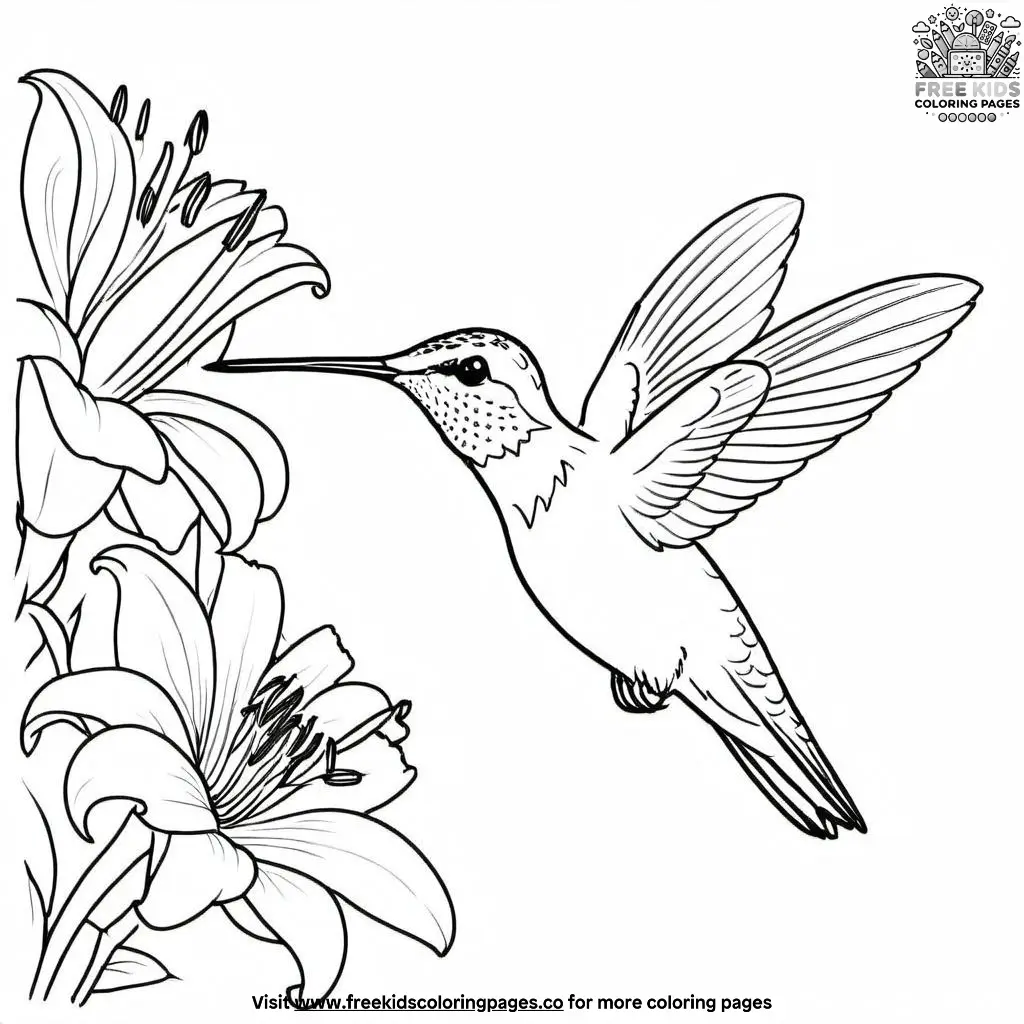
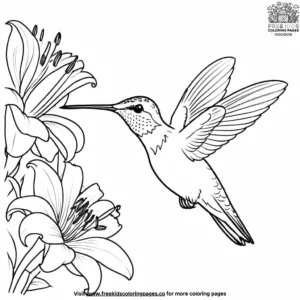

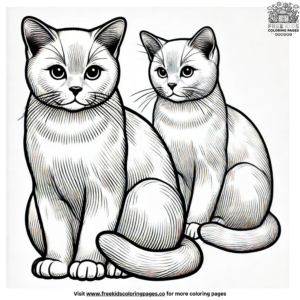
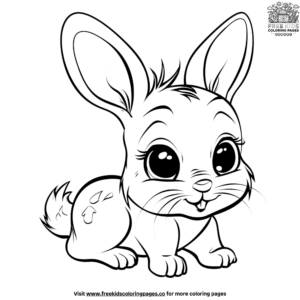

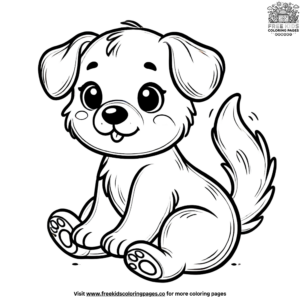
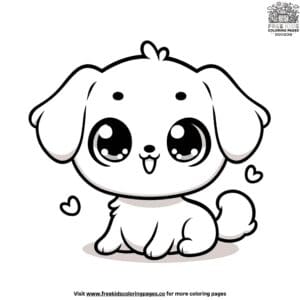

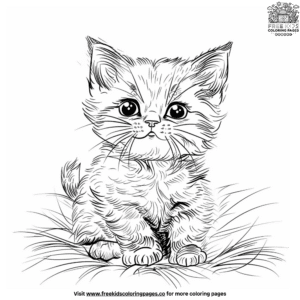
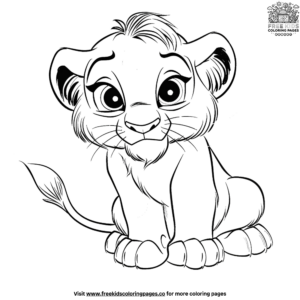

Reviews
There are no reviews yet.